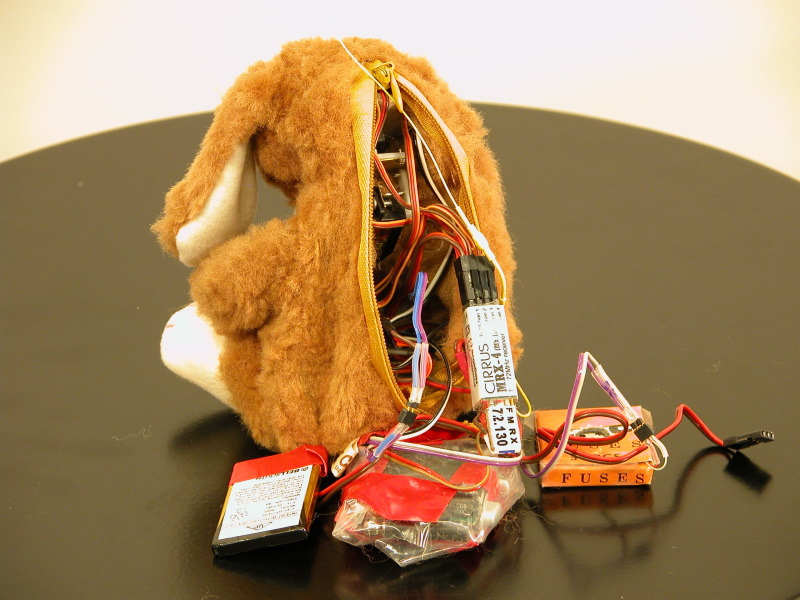"Epidemic Menace" is the first cross media IPerG prototype and will be played at the Fraunhofer Institutszentrum Birlinghoven in Sankt Augustin. The campus will be integrated in the game via mobile computers, smart phones and augmented reality- and will transform the campus into a game area - reality, fiction and gameplay will fuse: A scientist has stolen dangerous viruses and contaminated the campus Birlinghoven. The gamers have 48 hours to find all virus instances, capture and disarm the viruses and find the villain. The game is played in two groups partly on the campus and partly on PC's in control rooms. The game can be observed via the Internet."Epidemic Menace" is an official IPerG game funded by the EC. The consortium consists of: Swedish Institute of Computer Science (Coordinator), Fraunhofer Gesellschaft, Sony NetServices Berlin, Daydream, Interactive Institute, Nokia, University of Tampere, University of Nottingham and Blast Theory.


Why do I blog this? I like the crossmedia idea, I believe it's a good way to create interesting gaming experiences on various platorfms.
There is going to be a paper at CHI2006:
Combining Multiple Gaming Interfaces in Epidemic Menace A crossmedia game, Epidemic Menace, including a game board station, a mobile assistant and a mobile Augmented Reality (AR) system is described. Early results of an ethnographic observation are described, showing how the different gaming interfaces were used by the players to observe, collaborate and interact within the game. Irma Lindt Jan Ohlenburg Uta Pankoke-Babatz Wolfgang Prinz







 (Photos courtesy Hester Street Collaborative)
(Photos courtesy Hester Street Collaborative)
